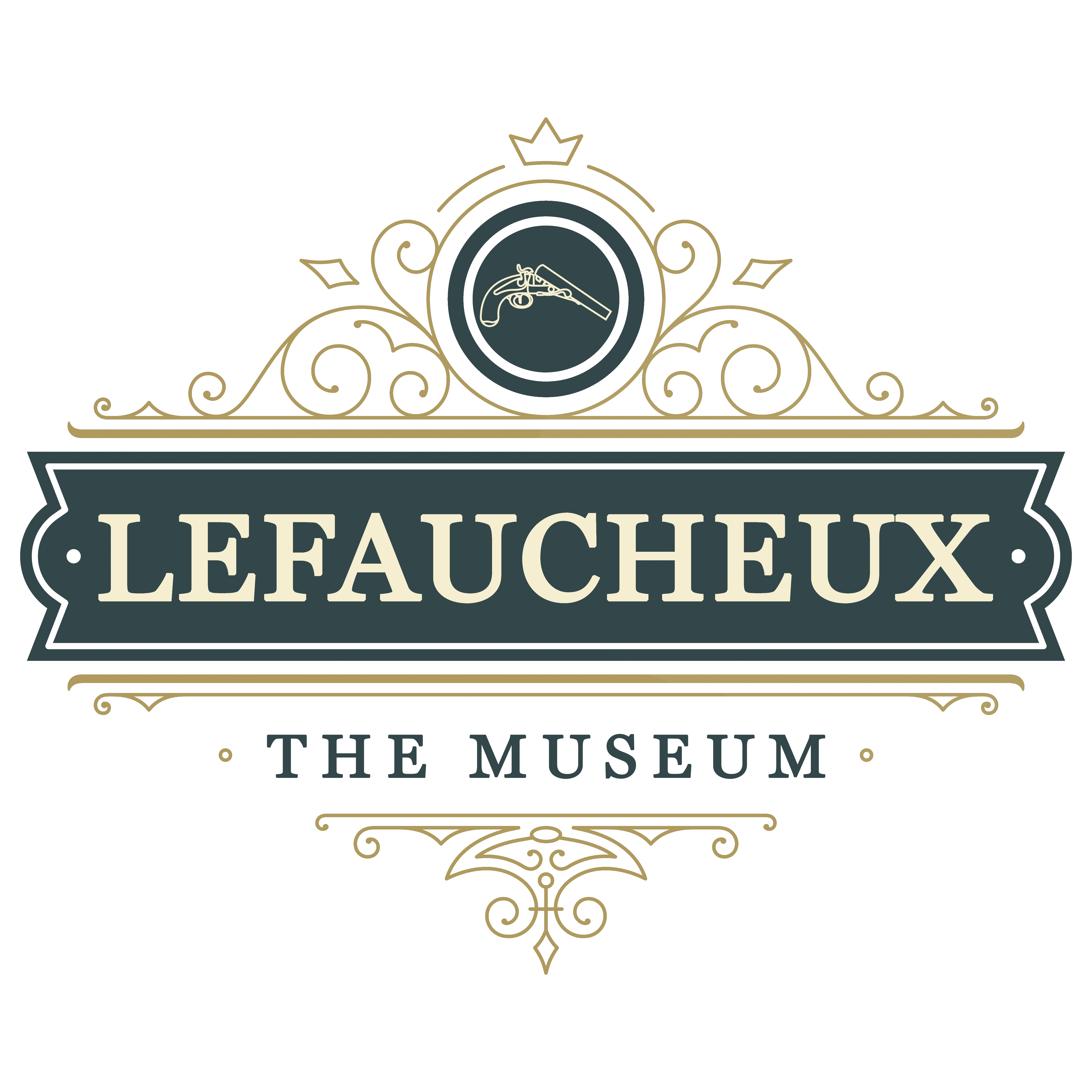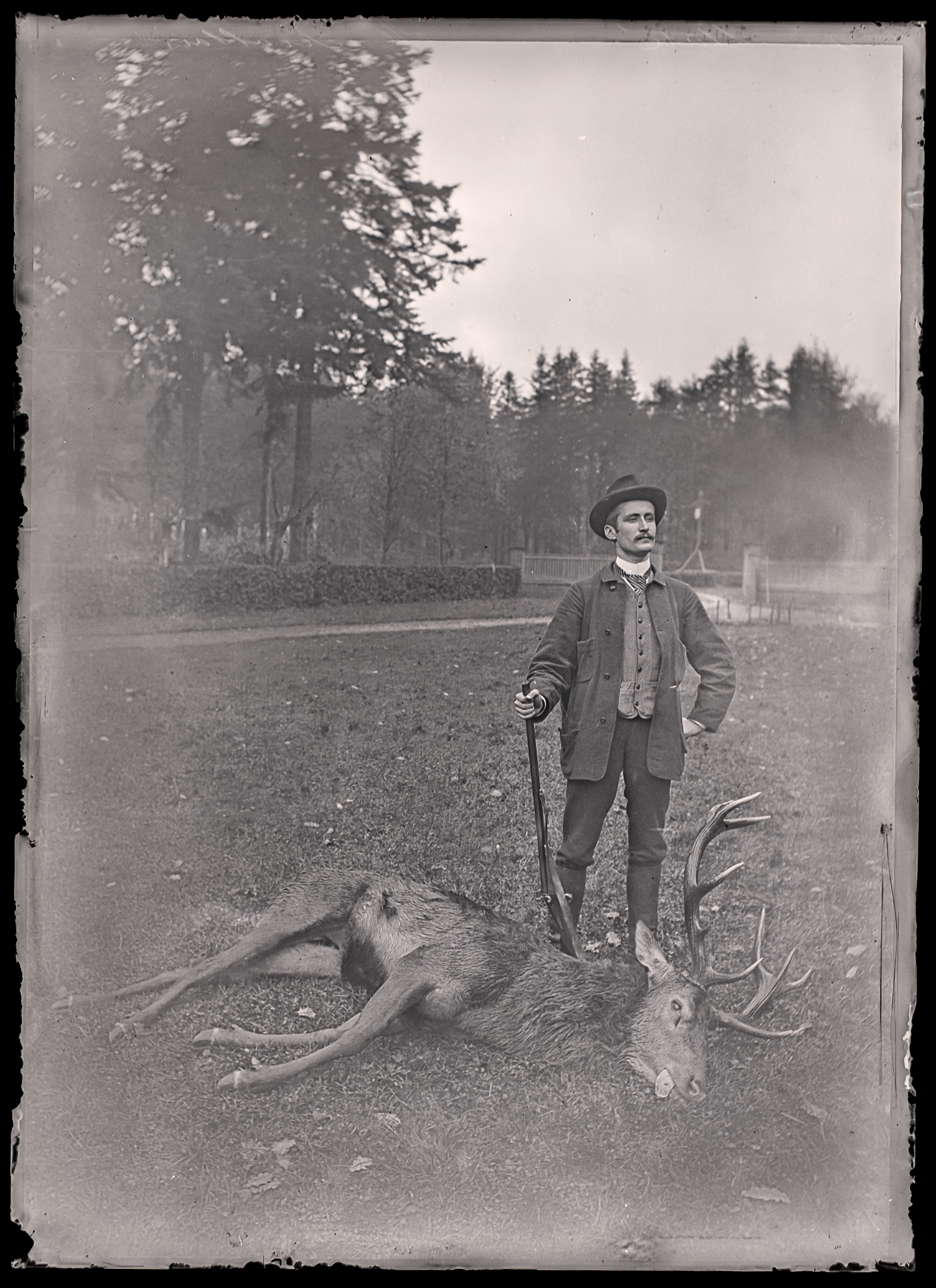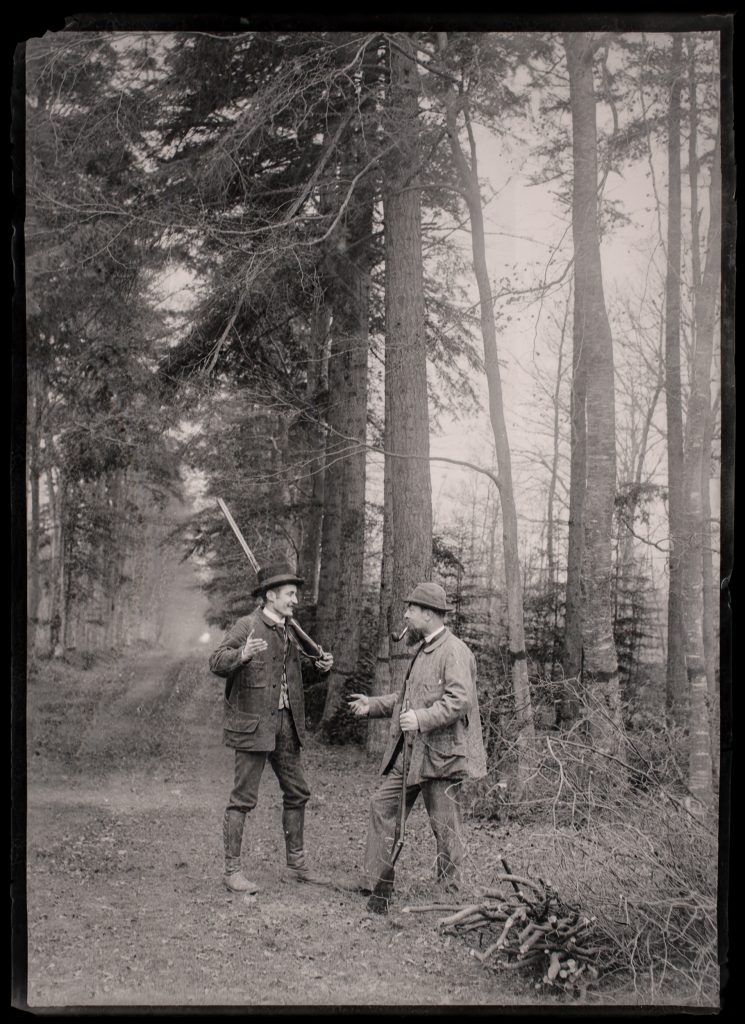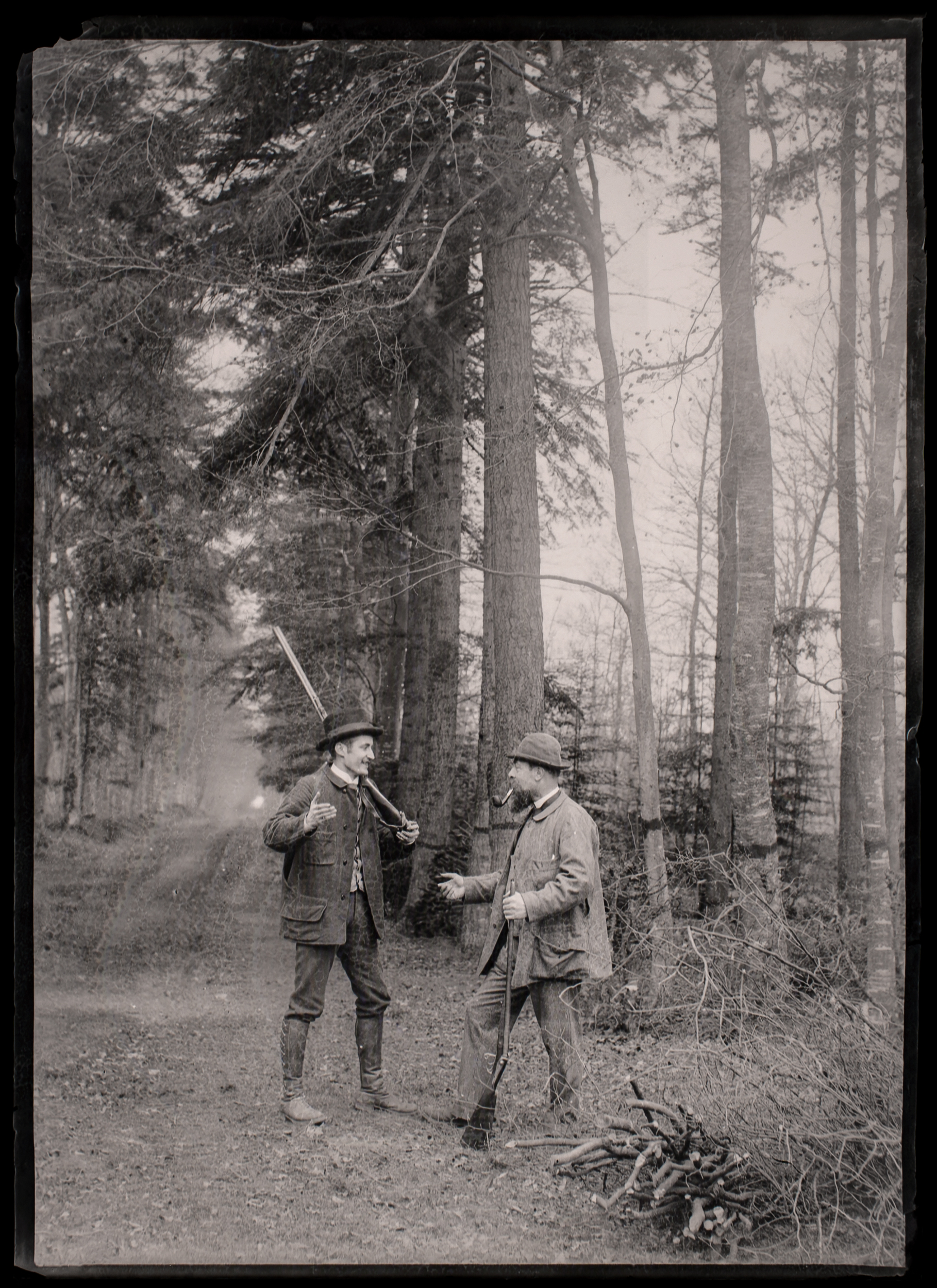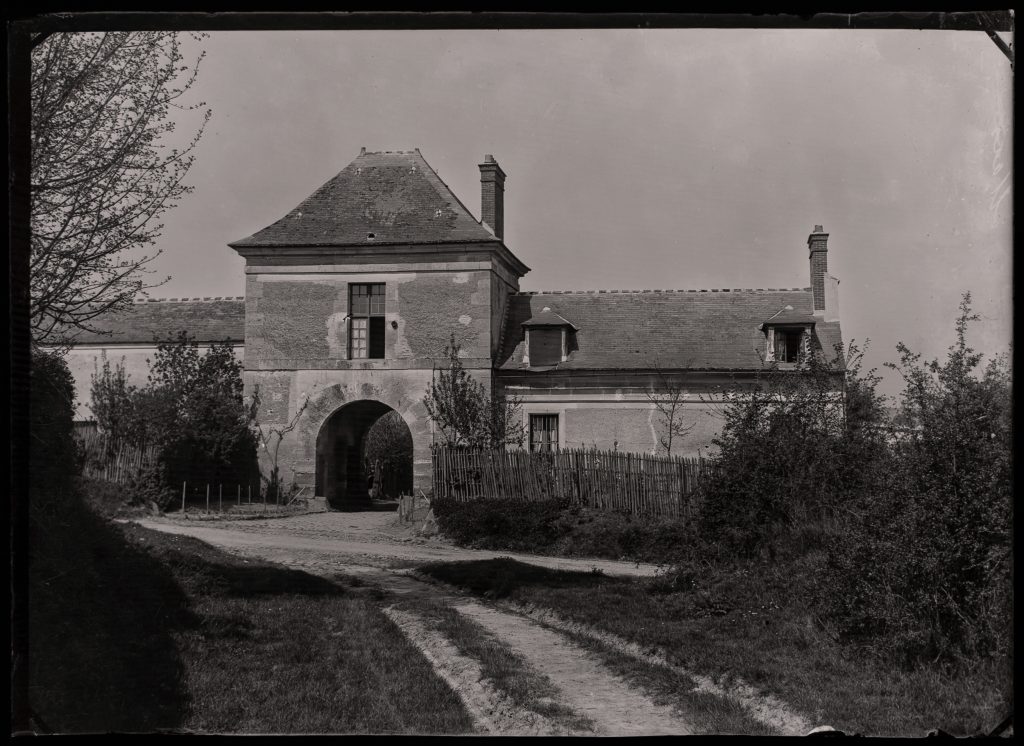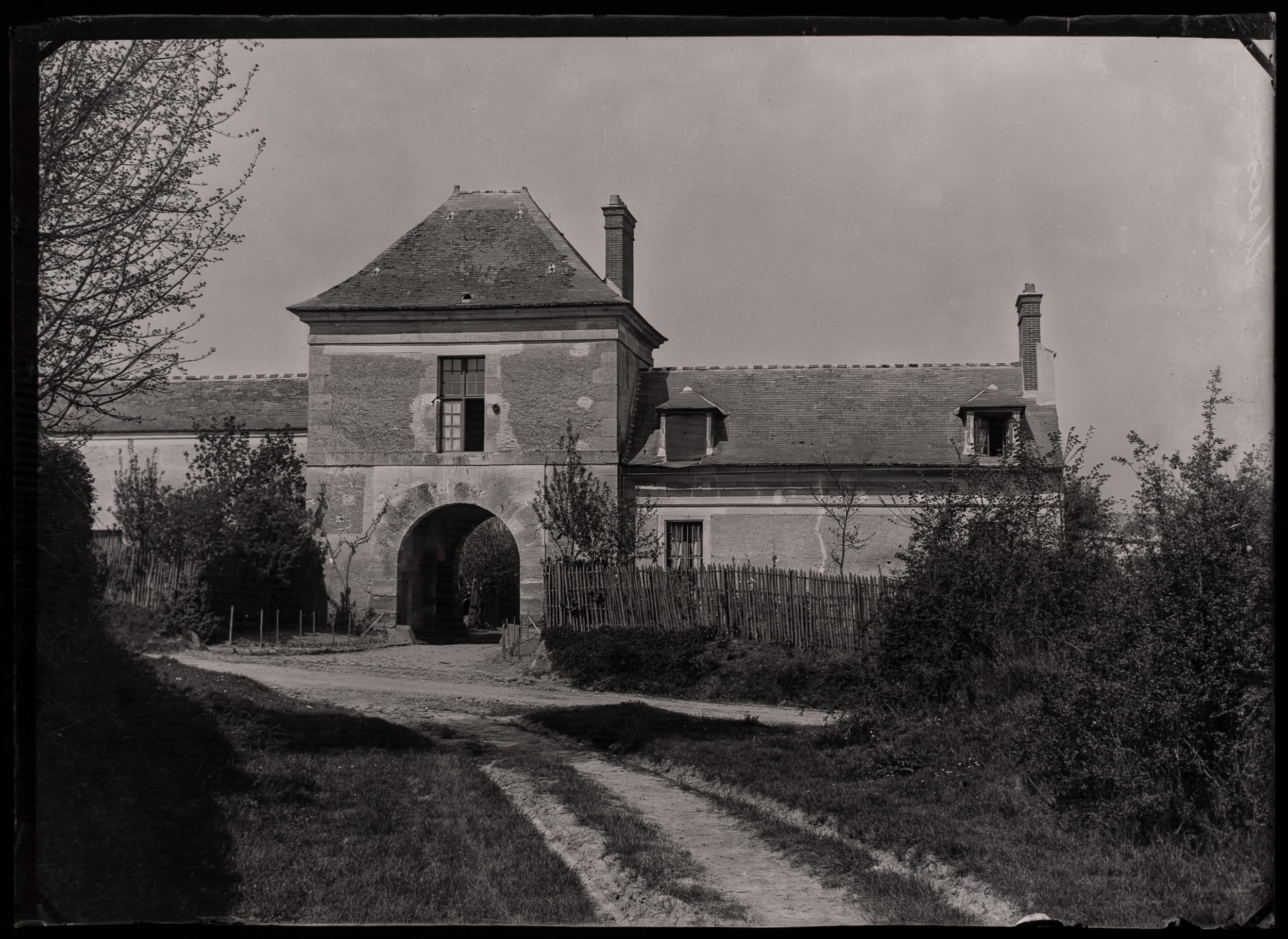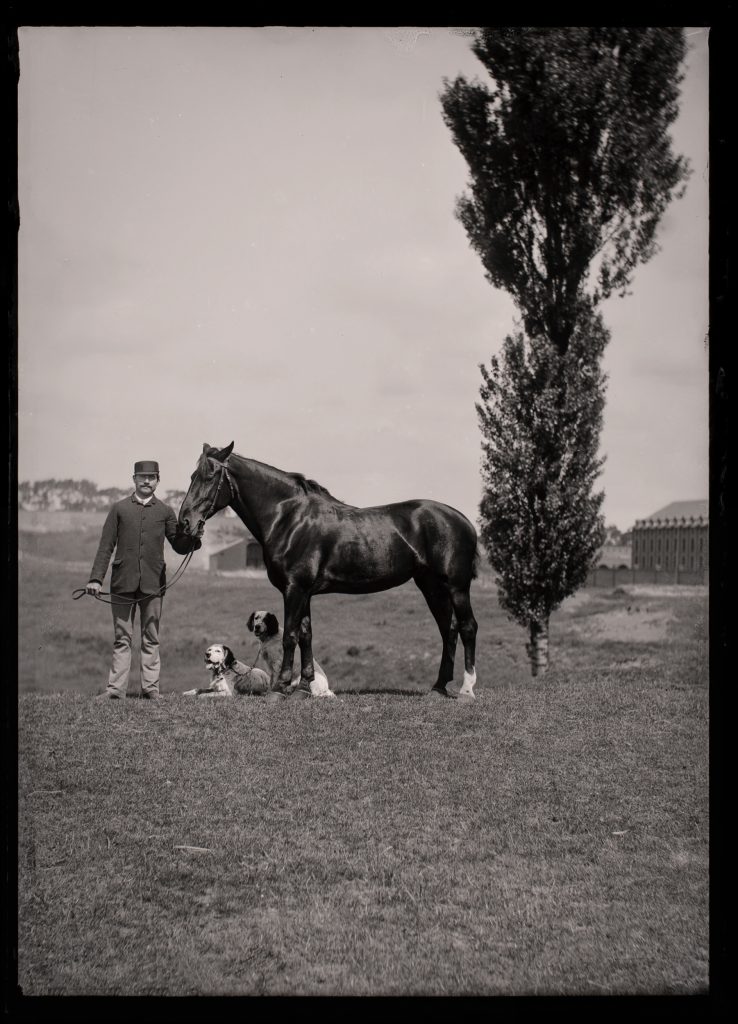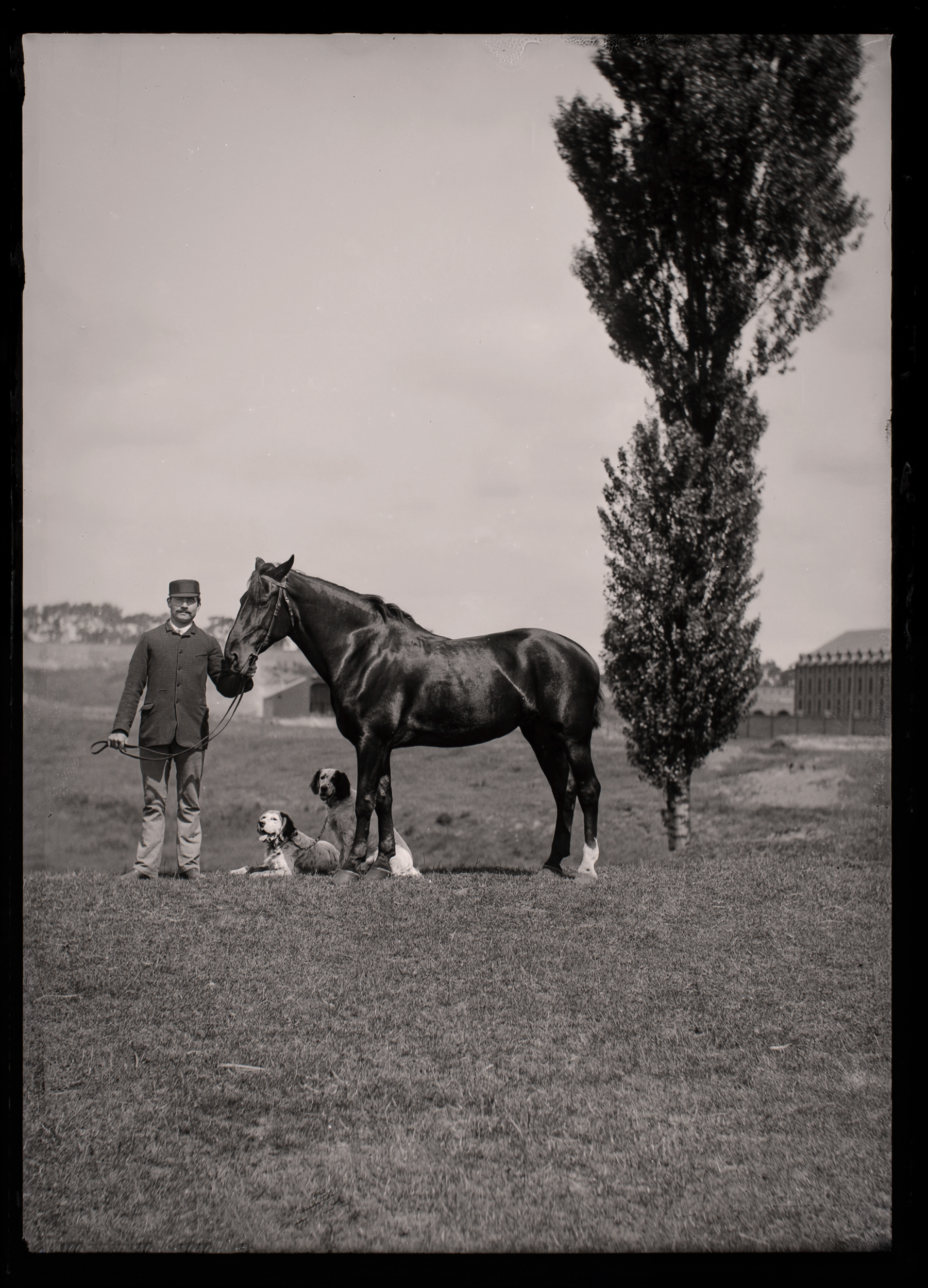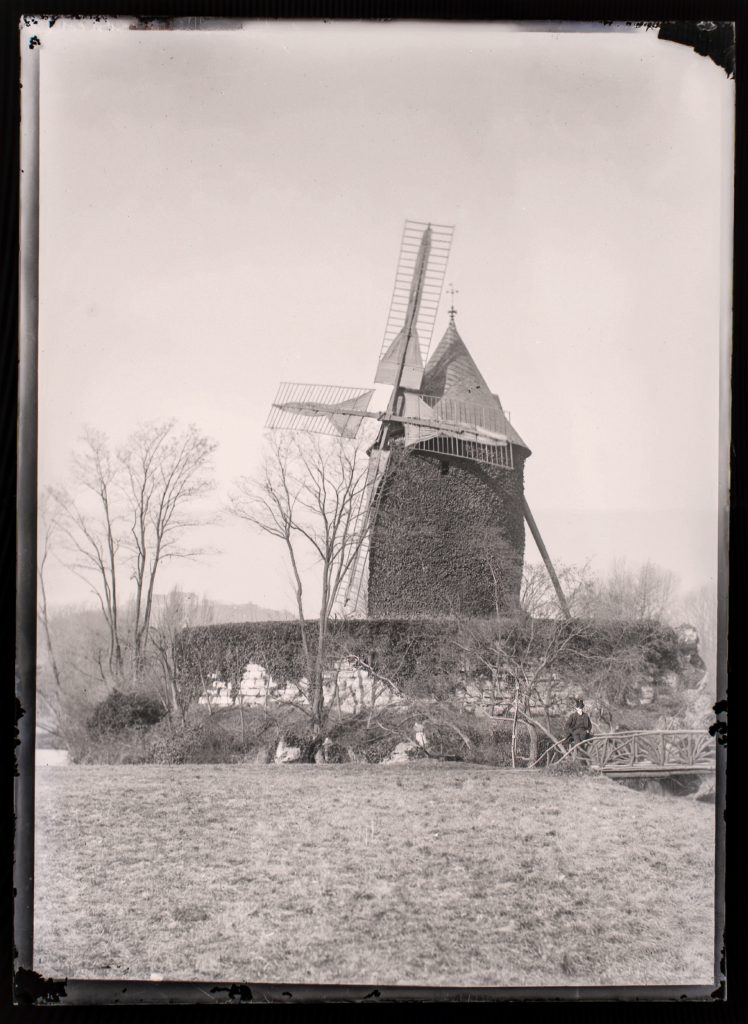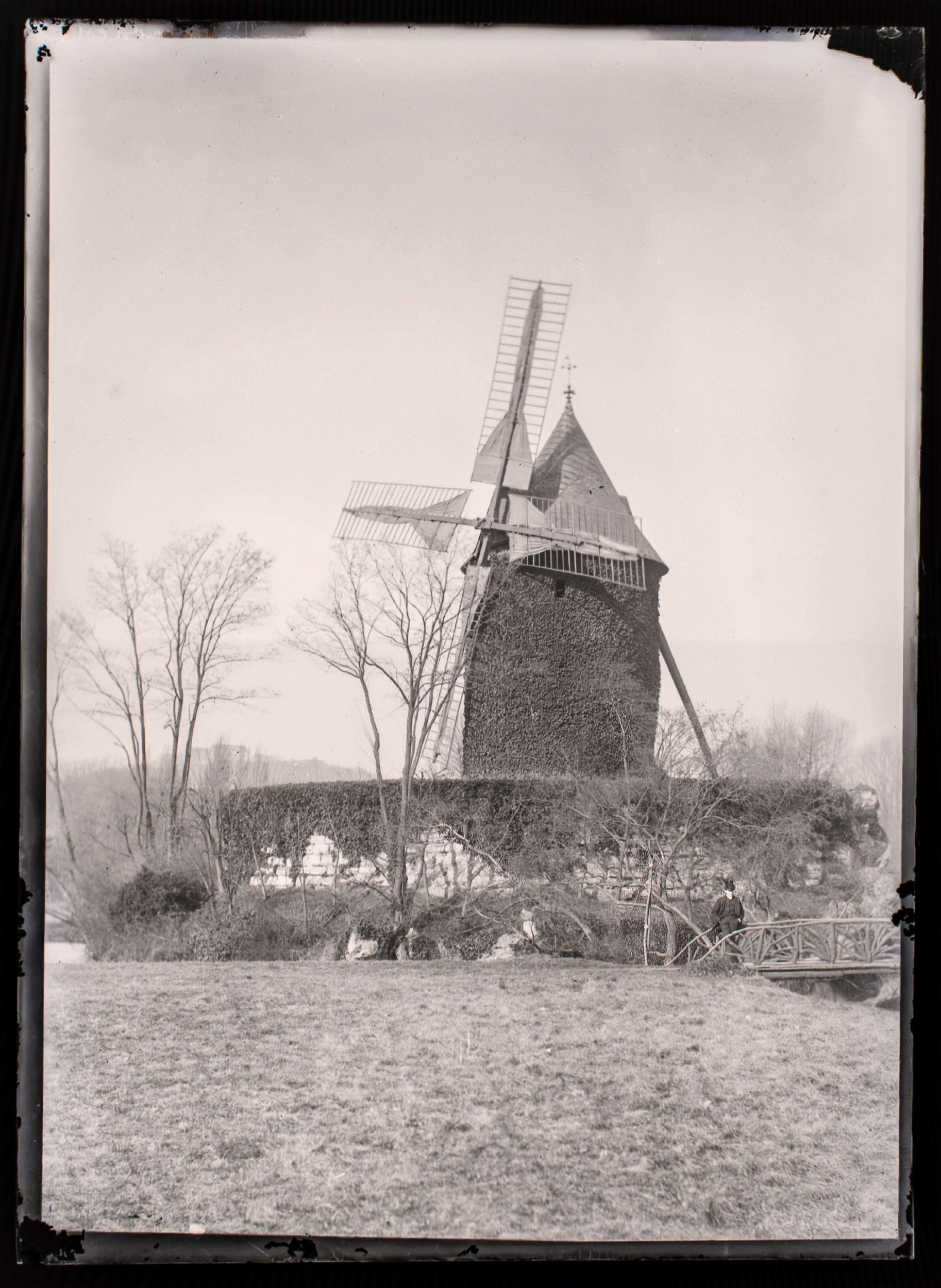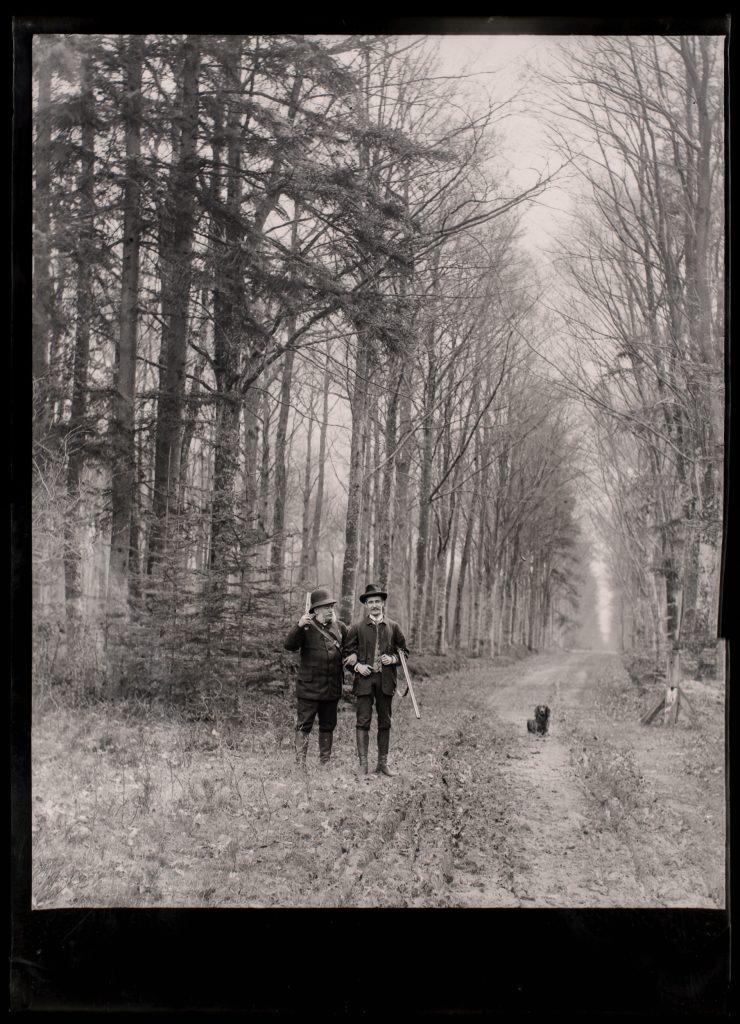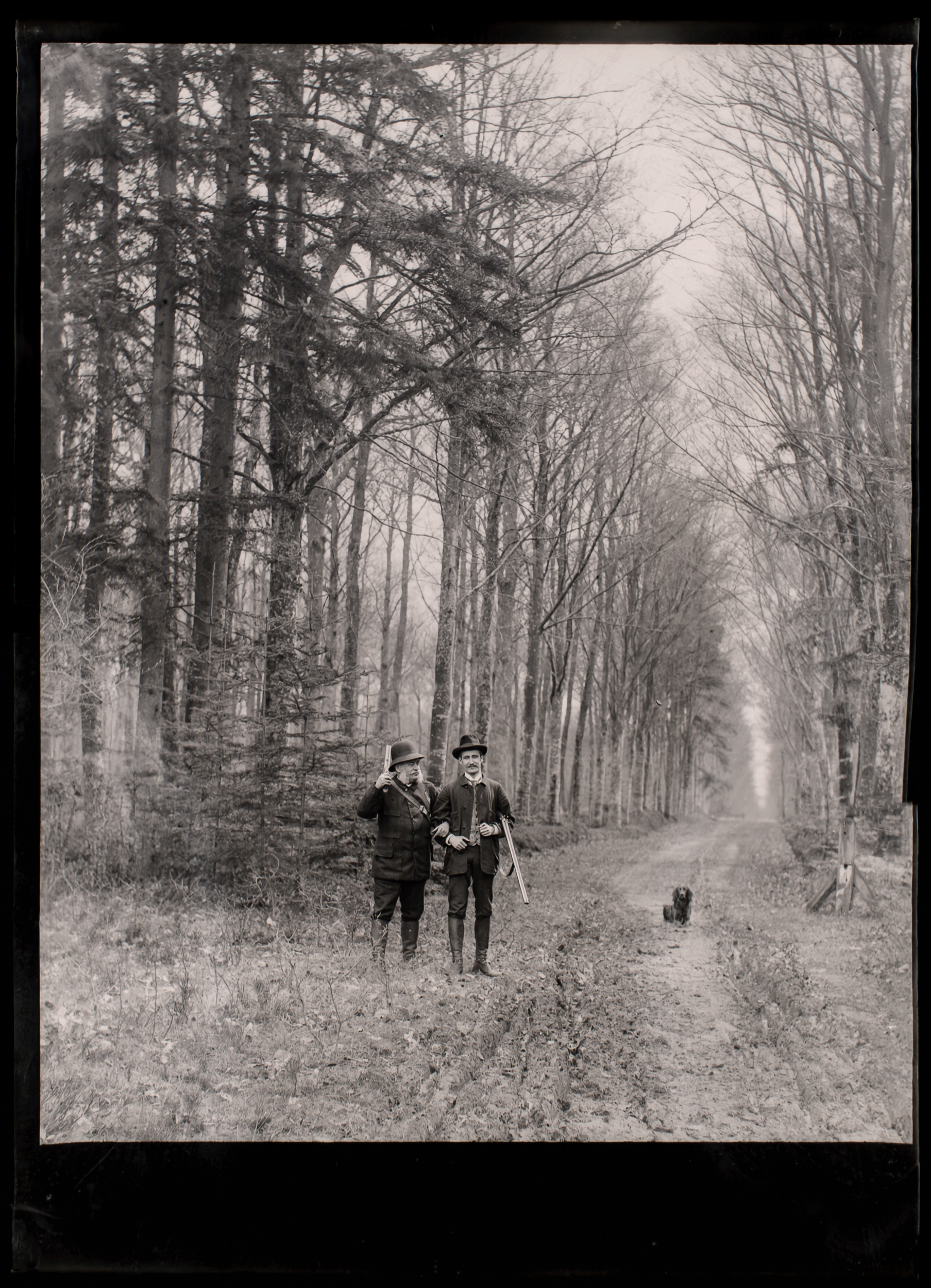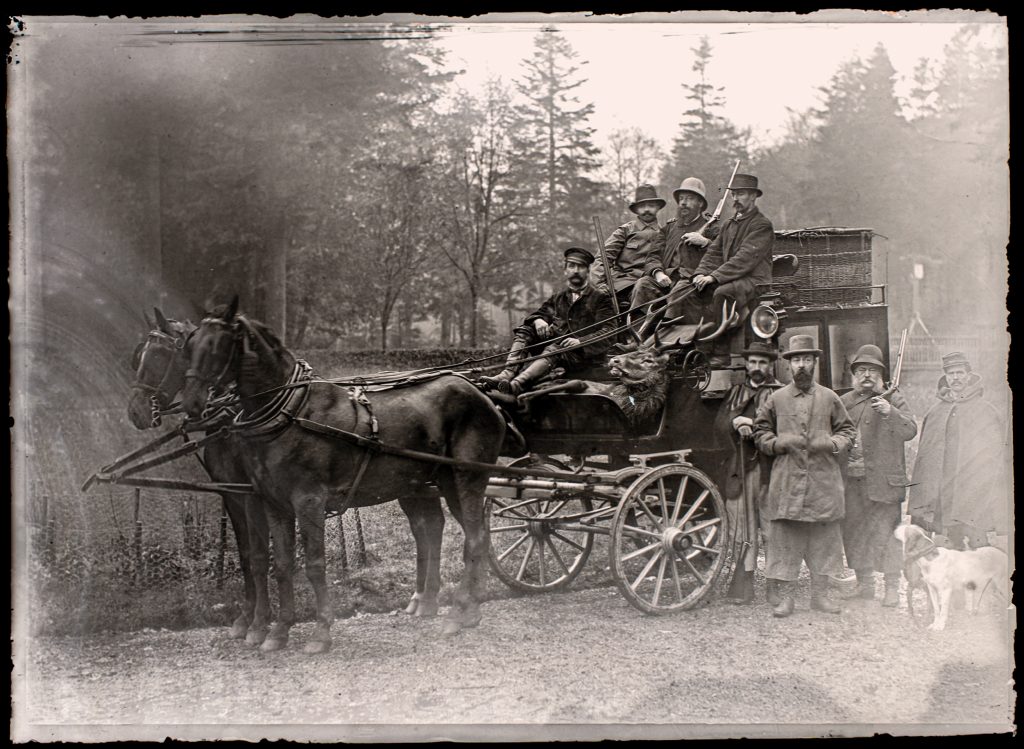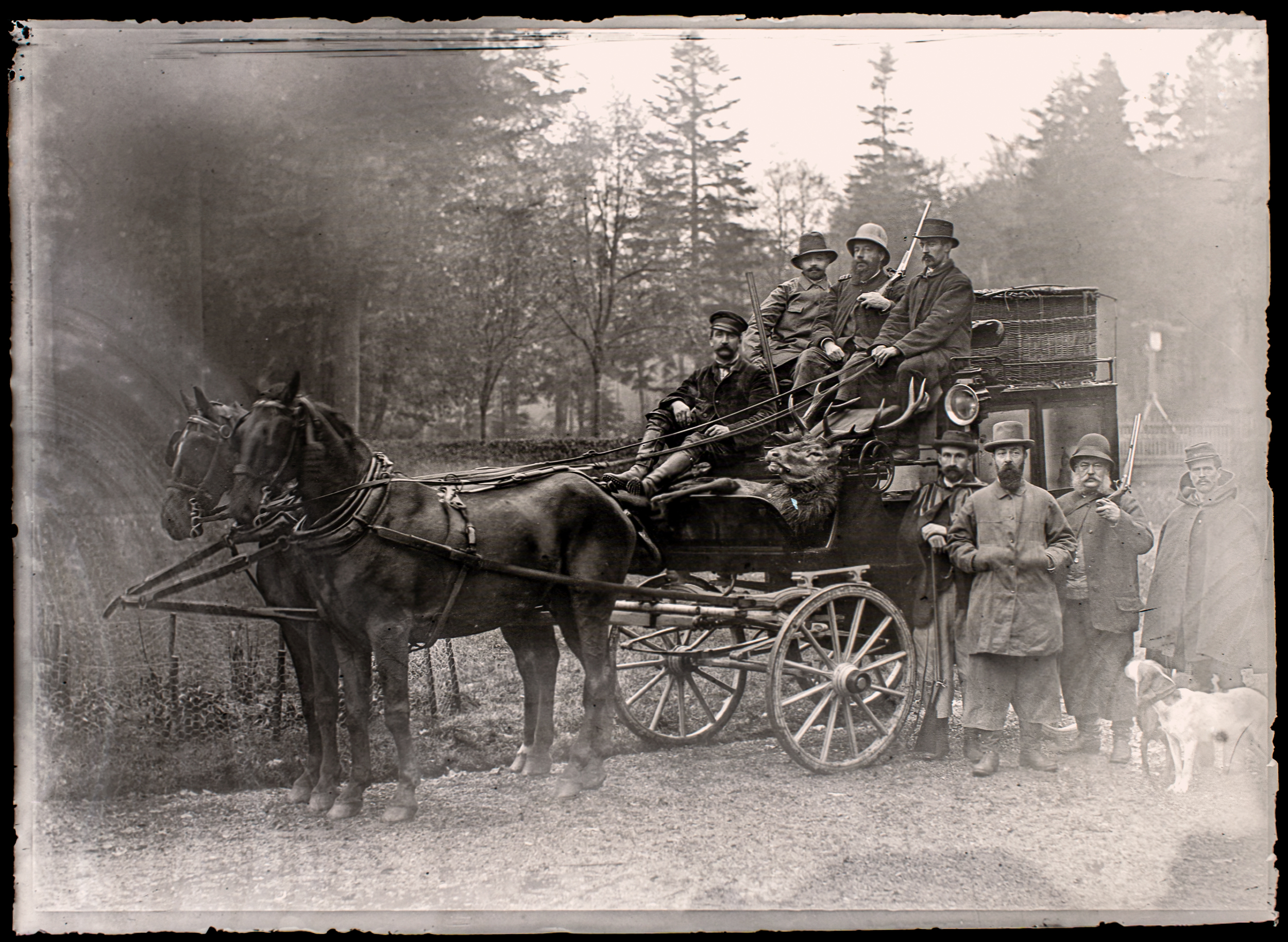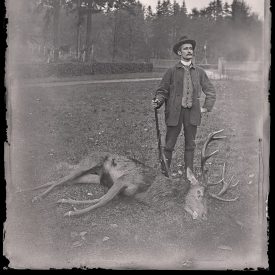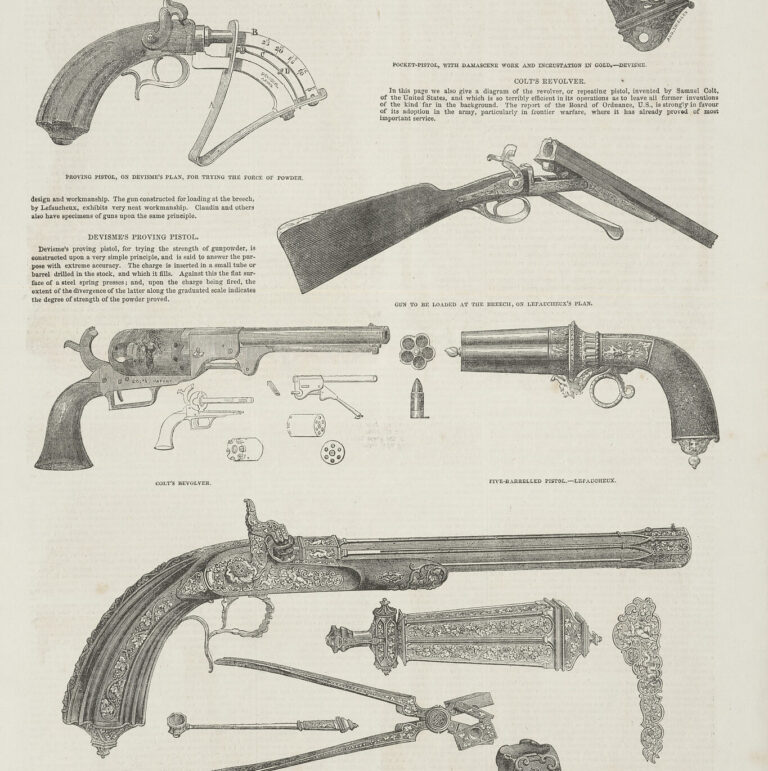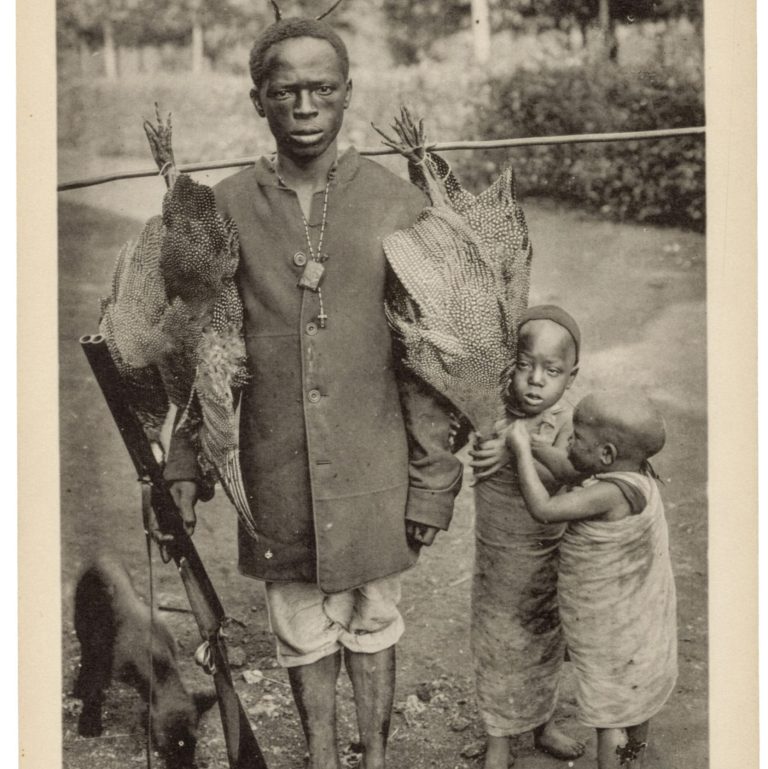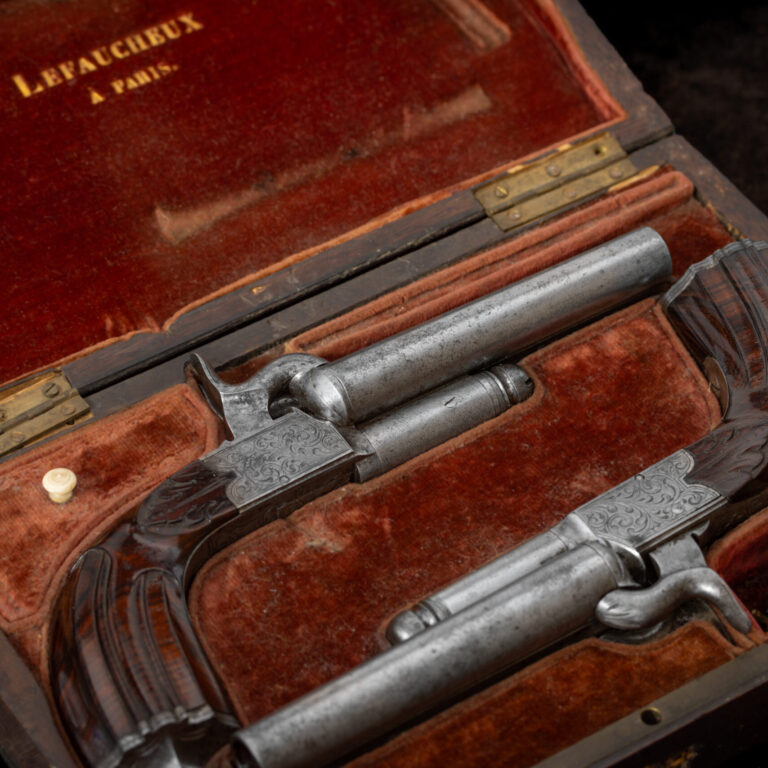-
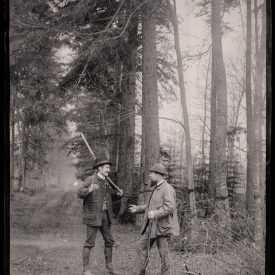 Debate in the Ride: Two companions trade stories under tall trunks between beats.
Debate in the Ride: Two companions trade stories under tall trunks between beats. -
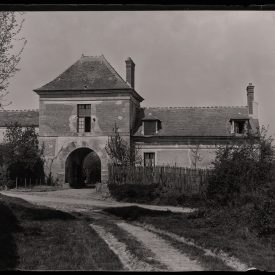 Gate to the Royal Woods: The Porte de Jouy at Les Loges‑en‑Josas marks access to reserved hunting country.
Gate to the Royal Woods: The Porte de Jouy at Les Loges‑en‑Josas marks access to reserved hunting country. -
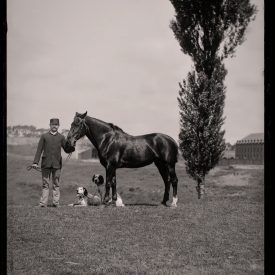 Horse and Hounds at the Ready: A handler steadies the hunter’s mount as the gun dogs await command.
Horse and Hounds at the Ready: A handler steadies the hunter’s mount as the gun dogs await command. -
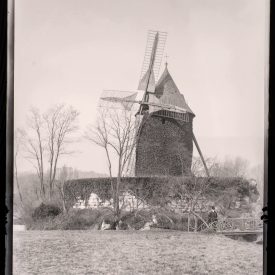 Landmark of the Outing: The ivy‑clad Moulin de Longchamp rises above its rustic bridge in the Bois de Boulogne.
Landmark of the Outing: The ivy‑clad Moulin de Longchamp rises above its rustic bridge in the Bois de Boulogne. -
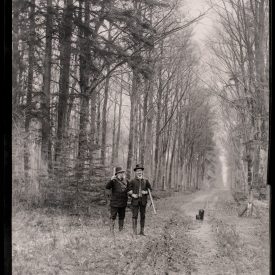 Pause on the Allée: Two friends and their spaniel linger on a straight forest avenue.
Pause on the Allée: Two friends and their spaniel linger on a straight forest avenue. -
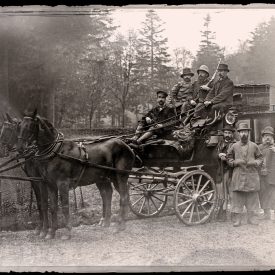 Return with the Stag: The party crowds a four‑wheeled brake with trophy and pinfires.
Return with the Stag: The party crowds a four‑wheeled brake with trophy and pinfires.
Metadata
Object Type
Title
From Gate to Windmill: A Versailles-area hunt with pinfire sporting arms recorded across seven dry-plate views
Summary
Set of seven gelatin dry plates, each 13 × 18 cm, depicting a late 19th century hunt in the Versailles region. The images follow the sequence of the day, from arrival at the Porte de Jouy gatehouse and pauses in the forest rides to the trophy portrait of a stag, the party’s return in a carriage, and views of the Moulin de Longchamp. All participants are armed with pinfire sporting guns, typical of the period.
Description
This series of seven glass plate negatives presents a complete narrative of a hunt undertaken in the wooded landscape around Versailles, dating from the 1880s to 1900s. The photographs begin at the Porte de Jouy in Les Loges-en-Josas, a historic stone gateway that controlled entry to the royal hunting domain. To be pictured there with firearms indicates privileged access to grounds once reserved for royal and invited hunts.
Several plates show hunters pausing in the long straight forest rides characteristic of the Versailles woods. In one, two companions are caught in animated conversation, one carrying his gun across the shoulder while the other smokes a pipe and gestures as he speaks. In another, two men walk arm in arm along a wide allée that recedes into the distance, their dog waiting ahead. Their attire reflects both practicality and social standing: wool jackets, waistcoats, breeches, gaiters, boots, and felt hats suitable for autumn or winter conditions. The careful way in which their guns are carried, with actions open or barrels held high, illustrates the etiquette of safety and display that framed the hunt.
The centerpiece of the series is a tableau de chasse. A hunter stands upright beside a red deer stag laid out on the grass, the antlers spread wide against the ground. His posture is composed, his gun resting at his side, and the clipped hedge and woodland backdrop turn the image into a deliberate moment of commemoration. Another plate records the return of the party, with the stag strapped to the side of a horse-drawn carriage. Hampers are piled behind the seats and several hunters, still holding their double-barreled pinfire guns, cluster on and around the vehicle. Such group portraits marked the successful close of the day and emphasized both achievement and companionship.
The supporting roles that made such a hunt possible are also documented. One plate shows a handler holding a powerful horse by the reins while two gundogs lie quietly at his feet. Horses enabled the guns to cover long distances between drives and dogs were essential for locating and retrieving game. Behind the apparent spontaneity of the photographs lies a highly organized system of staff, animals, and equipment.
Two landmarks situate the hunt within a broader geography. The Porte de Jouy confirms the Yvelines setting on the edge of the Versailles hunting grounds. The ivy-covered Moulin de Longchamp, with its steep conical cap topped by a cross, its narrow half-gallery, its long tail-pole braced to the ground, and its rustic wooden footbridge, identifies the windmill in the Bois de Boulogne near the Paris-Longchamp racecourse. Its inclusion connects the social worlds of Paris and Versailles, where racing, promenading, and hunting were part of the same elite leisure culture.
The firearms seen throughout the series are pinfire sporting guns, a type widely used in France into the late nineteenth century. Although centerfire cartridges were gaining dominance, pinfire shotguns remained common and were often loaded with shot for birds or a single ball for deer during driven hunts. The medium of gelatin dry plates allowed the photographer to capture such candid outdoor scenes with clarity, even in soft winter light.
Taken together, these seven negatives reveal not only the bag of game but the entire ritual of a French hunt. They show the controlled entry into reserved grounds, the sociability of pauses and conversations along engineered forest rides, the careful staging of trophy and party, and the integration of urban landmarks with royal hunting landscapes. They offer a rare, cohesive record of sporting practice in the Versailles region at the close of the nineteenth century.
Significance
The set documents more than the success of a single hunt. It records the full ritual structure of late-19th-century French sporting culture: the privileged crossing of a royal gateway, the sociability of pauses along straight forest rides, the practical management of horses and dogs, the formal trophy display, and the ceremonial return of the party. It also reflects the social geography of the Versailles area, where royal hunting landscapes intersected with military quarters and fashionable Parisian landmarks such as Longchamp.
As a group, these seven negatives illustrate the persistence of pinfire arms in elite use, the transition of hunting from aristocratic prerogative to bourgeois leisure, and the importance of photography as both record and performance of status. Preserved on 13 × 18 cm glass plates, they offer a rare, cohesive visual account of a hunt in the Yvelines at the close of the 19th century.
Year Made
1890
Country
France
Firearm Designer and Influential System
Casimir Lefaucheux
Firearm Type/Category
Pinfire Shotgun
